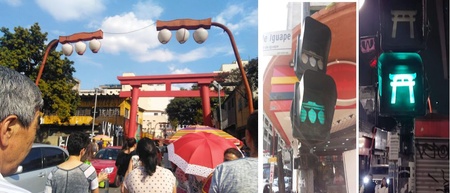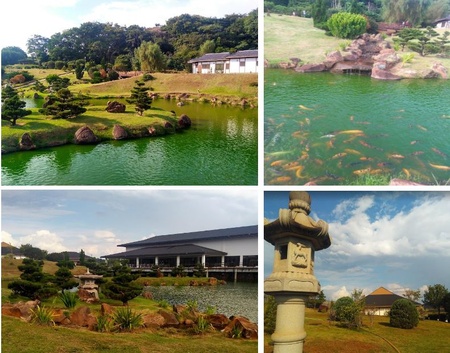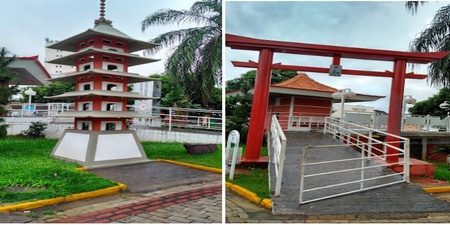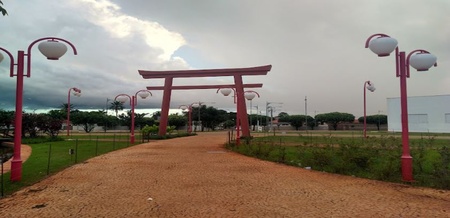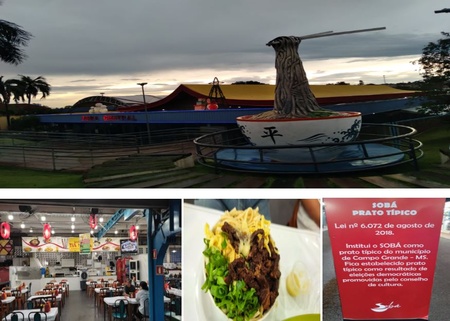June 18, 2023 marks the celebration of 115 years of Japanese immigration to Brazil. This country is home to the largest population of the Japanese diaspora; approximately 2 million Japanese and Japanese descendants have been estimated to live in Brazil.1
Brazilians appreciate Japanese culture and recognize the contributions that Japanese people have brought to the country, whether in agriculture, technology, health or any other specialty. In view of this, there are many monuments in honor of the Japanese, reinforcing the ties between the two countries.
Bairro da Liberdade, São Paulo
The largest Japanese community in Brazil is in the city of São Paulo. The Bairro da Liberdade is a little piece of Japan, as it has facades written with ideograms and other characteristic elements of Asian architecture. On weekends, there is the Feira da Liberdade, which brings craft stalls, decorated with typical elements of Japanese culture, but the highlight is the Asian cuisine.
In 2018, I was able to see the Bairro da Liberdade in São Paulo and found everything quite interesting. It is a great option to escape boredom, as even the traffic lights are stylized with a Japanese lantern or torii portal. Despite being crowded, it is worth knowing.
Parque do Japão in Maringá, Paraná
In the city of Maringá, in the state of Paraná, there is the Parque do Japão, which has a Japanese-style garden with bonsai and a lake with koi. It is also considered the largest Japanese garden in Latin America, occupying an area of 100,000m².
The park was created to honor the centenary of Japanese immigration to Brazil. In fact, the city of Maringá has more than 14,000 Japanese or descendants living in the town, corresponding to 4.3% of the city's population.2
I visited the Parque do Japão in 2022 and found it very beautiful. The garden is well maintained, there is a restaurant inside the park, as well as some shops where you can buy souvenirs and food to give to the fish. In addition to being a safe environment, it is ideal for family activities, hiking and meditation.
Praça Arthur Pagnozzi in Dracena, São Paulo
In the city of Dracena in the state of São Paulo, there is a Japanese garden that was built as a tribute to commemorate the 100th anniversary of Japanese immigration to Brazil. The garden has a total area of 600m². In 2017, I was in this town and happened to find these in a privileged place, in the center of the city.
Nova Andradina, Mato Grosso do Sul
The same happened in 2018, when I visited the town of Nova Andradina which is located in the state of Mato Grosso do Sul. I unexpectedly found traces of Japanese culture in the city, since the Japanese have been there from its foundation; this is where the first pioneers arrived.
Campo Grande, Mato Grosso do Sul
In the capital of the state of Mato Grosso do Sul, the Japanese presence is large. It includes the intangible cultural heritage of the city Soba, which named after a typical Japanese dish. The dish of In Campo Grande was adapted from the original recipe of Okinawa Soba.
In 2022, I went to Feira Central in Campo Grande to try Soba; right at the entrance was a giant monument of Okinawan food, which has definitely taken root in the culture of the capital of Mato Grosso do Sul.
Still in the city of Campo Grande, I visited a small memorial, which is located at the old Railway Station. It was made a tribute to the centenary of Japanese immigration in Campo Grande in 1914. This memorial symbolizes the arrival of the first Japanese immigrants from the island of Okinawa, and represents the integration between the Japanese and other groups of people.
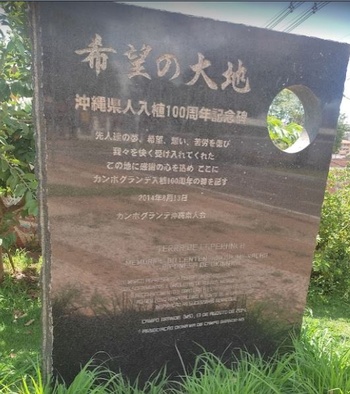
Petrópolis, Rio de Janeiro
Despite not being a tribute to Japanese immigration itself, the city of Petrópolis, located in the state of Rio de Janeiro, still retains the first seat of the Japanese legation in Brazil. In this place, it is currently a hotel; the inside contains a museum of Japan that keeps books, documents, clothes, magazines and exclusive objects of Japanese culture in Brazil.
In 2021, my family and I stayed at this hotel just so we could explore this space. The museum is also open to the public, not just guests.
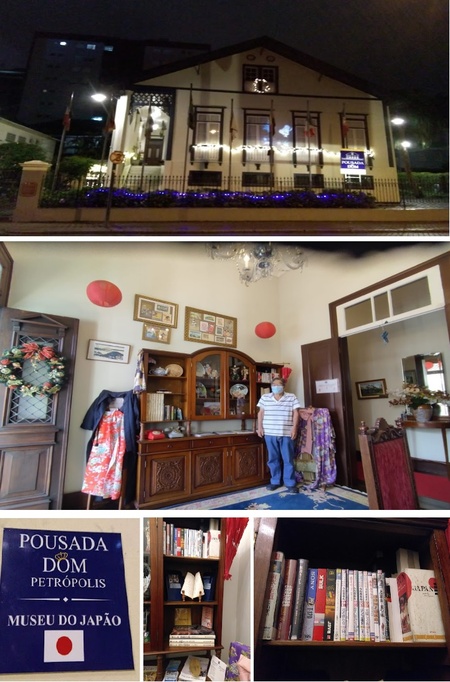
Museu do Mazzaropi in Taubaté, São Paulo
A famous Brazilian actor and director named Amácio Mazzaropi produced and starred in the film Meu Japão Brasileiro in 1964. The movie combines comedy and drama; Mazzaropi's character faces the exploitation of a businessman in a Japanese-Brazilian community. This movie theme paid tribute to the Nikkei community.
Various tributes to Japanese-Brazilians in movies, public squares, museums, and other public attractions are reflections of the great love Brazil has for Japanese culture and the Nikkei who contributed to the country's progress. These are only some of the many reasons why you should visit Brazil on your next vacation!
Notes:
1. “114 anos de Japão no Brasil” (gov.br)
2. “4,3% da população de Maringá tem ascendência nipônica” (Gazeta do pavo)
© 2023 Meiry Mayumi Onohara


